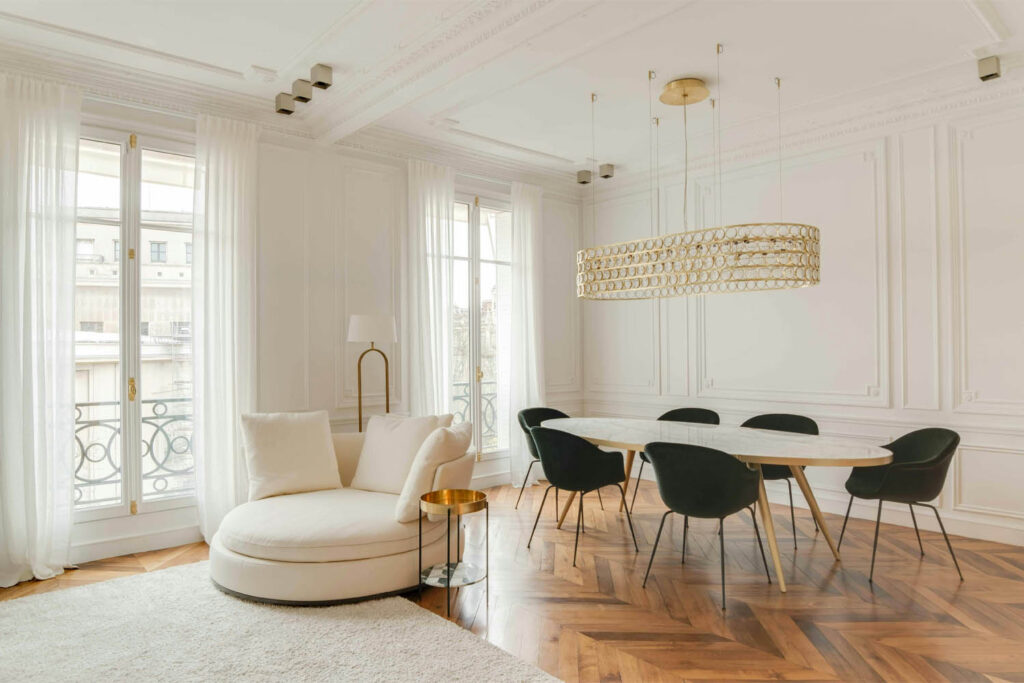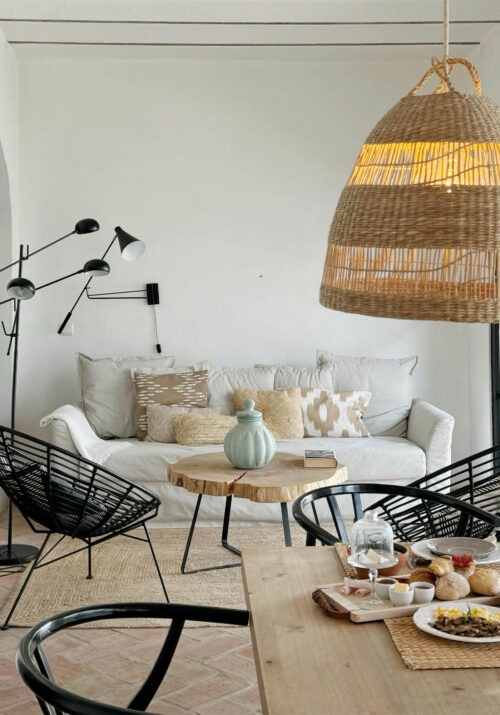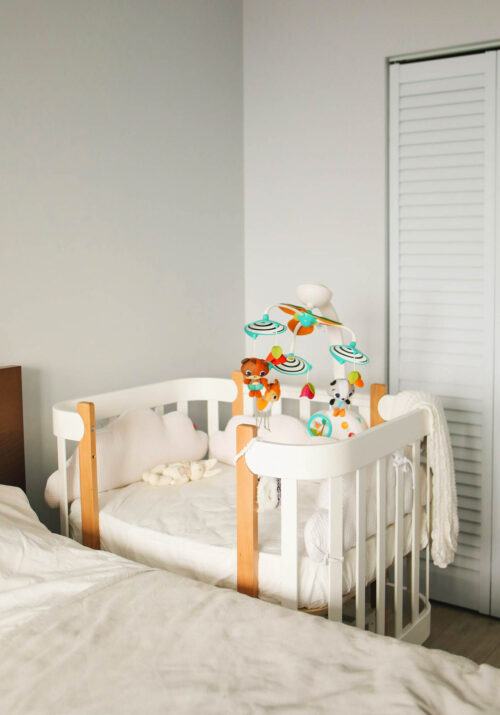In the realm of interior design, where every detail contributes to the overall aesthetic, moulding and millwork stand out as the unsung heroes of architectural refinement. These elements, often overlooked but undeniably transformative, have the power to elevate the ambiance of any space.
Before we delve into their enchanting effects, it’s crucial to grasp the fundamental difference between moulding and millwork.

Understanding the Difference: Moulding vs. Millwork
Before delving into their transformative effects, it’s essential to understand the distinction between moulding and millwork. Moulding refers to decorative trim or molding, typically made from wood, plaster, or composite materials, used to enhance the architectural features of a room.
On the other hand, millwork encompasses a broader category, including any pre-milled woodwork produced in a mill. This includes items such as baseboards, crown moulding, door and window casings, and paneling.
Where and How It’s Used
Moulding and millwork are versatile design elements that can enhance the aesthetic appeal of various spaces within a home. From grand living rooms to cozy bedrooms, these architectural details add flair and elegance, elevating the overall ambiance.
Crown Moulding
Crown moulding is a classic addition often found where the ceiling meets the walls. Installed along this juncture, it creates a seamless transition, visually expanding the perceived height of the room. By drawing the eye upward, crown moulding adds an element of grandeur and sophistication to any space. Whether adorning a formal dining room or a cozy study, crown moulding infuses architectural interest and refinement.
Baseboards
Baseboards serve both a practical and aesthetic purpose in interior design. Functionally, they cover the joint where the wall and floor meet, concealing gaps and providing a finished look. Beyond their utilitarian role, baseboards contribute to the overall design scheme, adding a decorative element that can unify the space. Whether opting for sleek and modern profiles or ornate and traditional styles, baseboards lend a sense of completeness and cohesion to the room.
Additionally, they can serve as a visual anchor, grounding the space and tying together various design elements.
Wall Panelling
Wall panelling is a timeless addition to interiors, offering both decorative and practical benefits. It can be installed in various rooms, such as living areas, dining rooms, or even bedrooms, to create visual interest and texture on walls.
Whether it’s classic raised panels, modern shiplap, or intricate beadboard, wall panelling adds depth and sophistication to any space. It can also serve as a protective barrier for walls, particularly in high-traffic areas, while imparting a sense of architectural refinement.
Window and Door Casings
Window and door casings play a pivotal role in framing openings and transitioning between different architectural elements. These trim pieces not only provide a finished look to windows and doors but also contribute to the overall style and character of the space. By selecting casings with distinctive profiles and finishes, homeowners can enhance the visual appeal of their interiors while maintaining cohesion with other moulding and millwork elements.
Additionally, casings can help conceal gaps between the wall and window or door frames, creating a polished and cohesive appearance.
Elevate your home to new heights of elegance and sophistication with the exquisite touch of moulding and millwork, the crowning glory of interior design. Keep reading to discover how these intricate details add the perfect finishing touch, transforming your living space into a masterpiece of timeless beauty and charm.
Enhancing Architectural Details
Moulding and millwork offer invaluable opportunities to enhance the architectural details of any space, enriching its character and charm.
Recapturing the Essence of Bygone Eras
In older homes, where architectural features may be scarce or have been lost over time, moulding and millwork can play a pivotal role in recreating the ambiance of a bygone era. By adding intricate crown moulding, wainscoting, or elaborate trim work, homeowners can evoke the grandeur and elegance of historical periods.
These decorative elements not only lend authenticity to the space but also imbue it with a sense of character and charm reminiscent of yesteryears.

Transforming Modern Spaces into Works of Art
Even in modern homes characterized by clean lines and minimalist aesthetics, well-placed millwork can elevate the design to new heights. By strategically incorporating moulding and millwork, homeowners can add depth, texture, and visual interest to otherwise plain walls.
Whether it’s installing geometric paneling, creating feature walls with intricate trim, or framing architectural elements with elegant moulding, these enhancements turn ordinary surfaces into captivating focal points. The juxtaposition of contemporary design with traditional millwork creates a harmonious balance, resulting in spaces that are both sophisticated and inviting.
Adding Visual Interest
Beyond their practical functions, moulding and millwork are design elements that add visual interest to any space. Intricate crown moulding can lend a sense of luxury and sophistication to a room, while wainscoting can create a cozy, intimate atmosphere.
Additionally, the use of contrasting colors or finishes on moulding and millwork can create visual drama, drawing attention to architectural features and adding depth to the overall design.
Looking Good: Specific Details
When it comes to achieving a visually appealing aesthetic with moulding and millwork, attention to detail is key. Choose moulding profiles that complement the style of your home, whether it be traditional, contemporary, or somewhere in between. Consider the scale of the room when selecting the size and proportion of your millwork, ensuring that it enhances rather than overwhelms the space.
Finally, don’t be afraid to get creative with finishes and paint colors, using moulding and millwork as an opportunity to add personality and flair to your home.
In conclusion, moulding and millwork are essential elements of interior design that can elevate any space from ordinary to extraordinary. By understanding the difference between the two and knowing how and where to use them effectively, you can enhance architectural details, add visual interest, and create a home that is truly a reflection of your personal style and taste.
So why not add the icing on the cake of your interior design with moulding and millwork? Your home will thank you for it.











